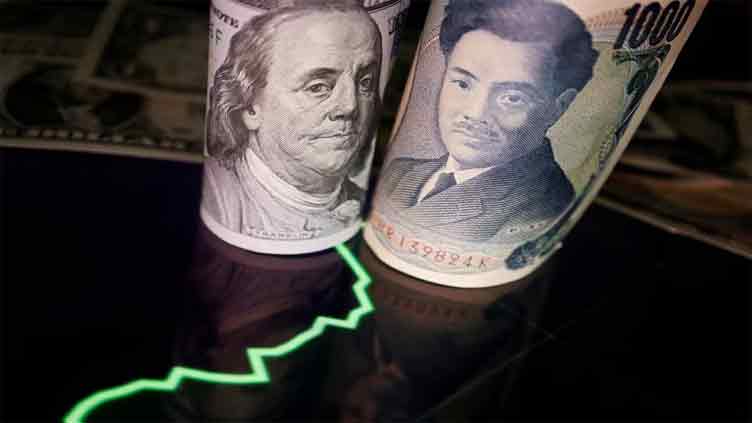For a Few Dollars More: Sliding yen stokes intervention threat

Business
Japan’s currency on Monday fell to a more than 10-month low of 148.49 per dollar
SINGAPORE (Reuters) – The yen approached the closely watched 150 per dollar level on Monday and kept traders on intervention watch after the Bank of Japan and Governor Kazuo Ueda quashed hopes of any imminent move away from its stark ultra-loose monetary policy.
In the broader currency market, the dollar was on the front foot, extending its gains from last week after a still-hawkish Federal Reserve surprised markets by signalling US rates would need to stay higher for longer than initially expected.
The yen fell to a more than 10-month low of 148.49 per dollar and remained within striking distance of 150, a level which some market watchers saw as a line in the sand that would spur forex intervention from Japanese authorities similar to that of last year's.
The Japanese currency had fallen more than 0.5 per cent on Friday after the BOJ maintained ultra-low interest rates and stuck to its dovish stance, while Governor Ueda similarly stressed the need to spend more time assessing data before raising interest rates.
"I don't think the level matters that much and will be the trigger (for intervention). I think the pace of change matters more... But I do think the risk of an FX intervention is higher now given all the warnings from Japanese officials," said Carol Kong, a currency strategist at Commonwealth Bank of Australia.
"Also, there is a higher chance of a coordinated intervention just because US Treasury Secretary (Janet) Yellen made some remarks the other day and she basically gave the green light to a BOJ intervention."
Yellen said last week whether Washington would show understanding over another yen-buying intervention by Japan "depends on the details" of the situation.
Elsewhere, the euro gained 0.04pc to $1.0649, after having fallen to a six-month low of $1.0615 on Friday against a stronger dollar.
The single currency was on track to lose roughly 1.8pc for the month, its steepest monthly fall since May.
Sterling steadied at $1.2244, after sliding more than 1pc last week on the back of the Bank of England's pause on its rate-hike cycle, a decision which came a day after data showed Britain's high inflation rate unexpectedly slowed.
The pound was headed for a more than 3pc fall in September, its worst monthly performance in a year.
"Central banks in the UK, the Euro area, and Japan have 'turned tail'. They're now testing the thesis that their slowing economies portend a defeat of the inflation impulse, or that the slowdowns are serious enough to no longer wish to tempt the fates with more tightening," said Thierry Wizman, Macquarie's global FX and interest rates strategist.
"And because the US has yet to display the growth infirmities of the rest of the world, the US stands apart, and the Fed has signalled that it can tempt fate."
Fed officials had on Friday warned of further rate hikes ahead even after the central bank chose to keep rates on hold at last week's policy meeting, with markets now seeing a roughly 21% chance of a 25-basis-point increase at November's meeting. .
The dollar index, which on Friday touched an over six-month high, firmed at 105.57 in early Asia trade.
The Aussie gained 0.06pc to $0.6445 while the New Zealand dollar fell 0.05pc to $0.5958, after touching a roughly three-week high of $0.6001 earlier in the session.


